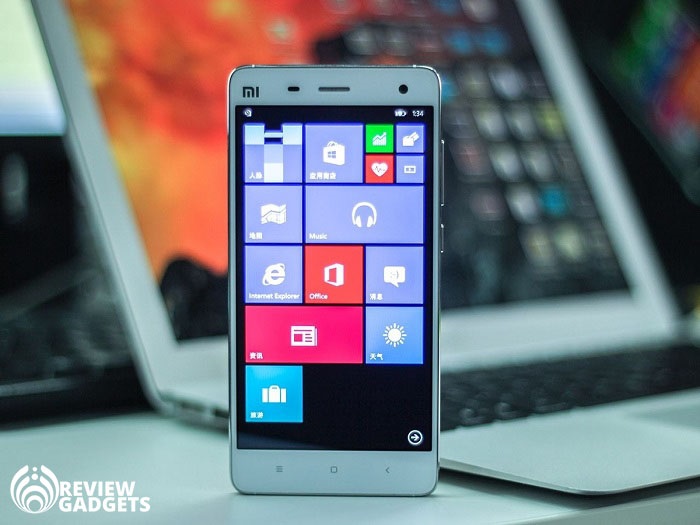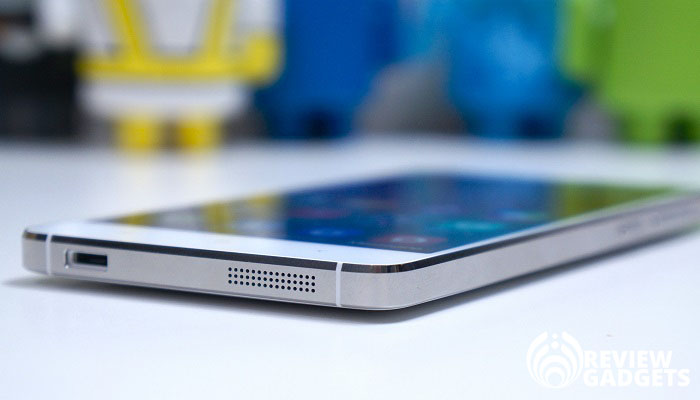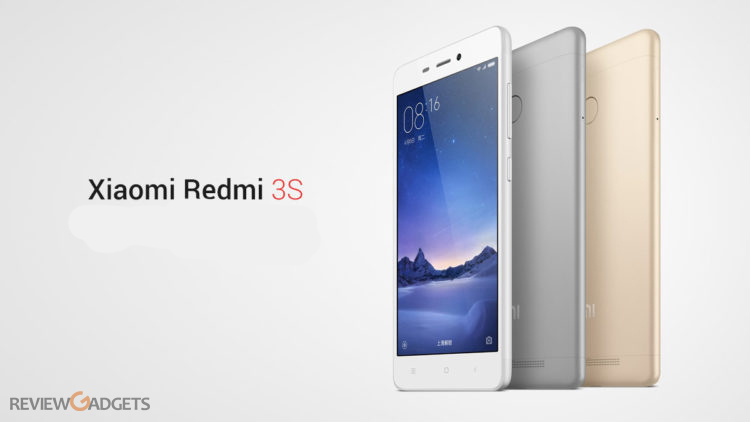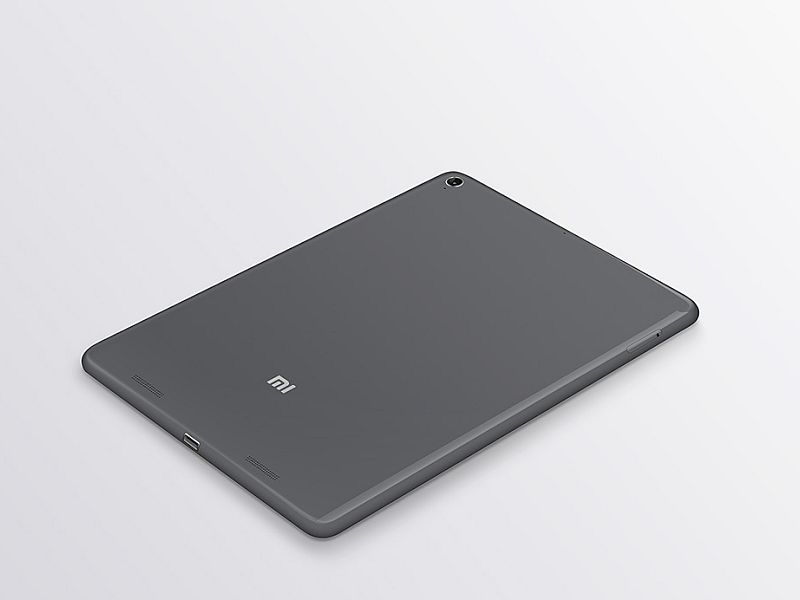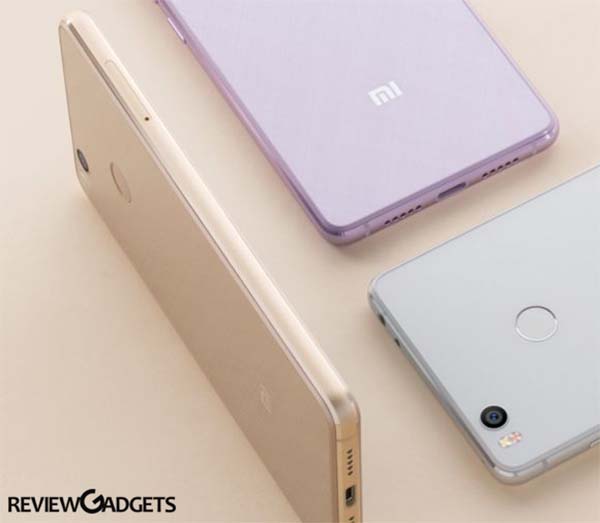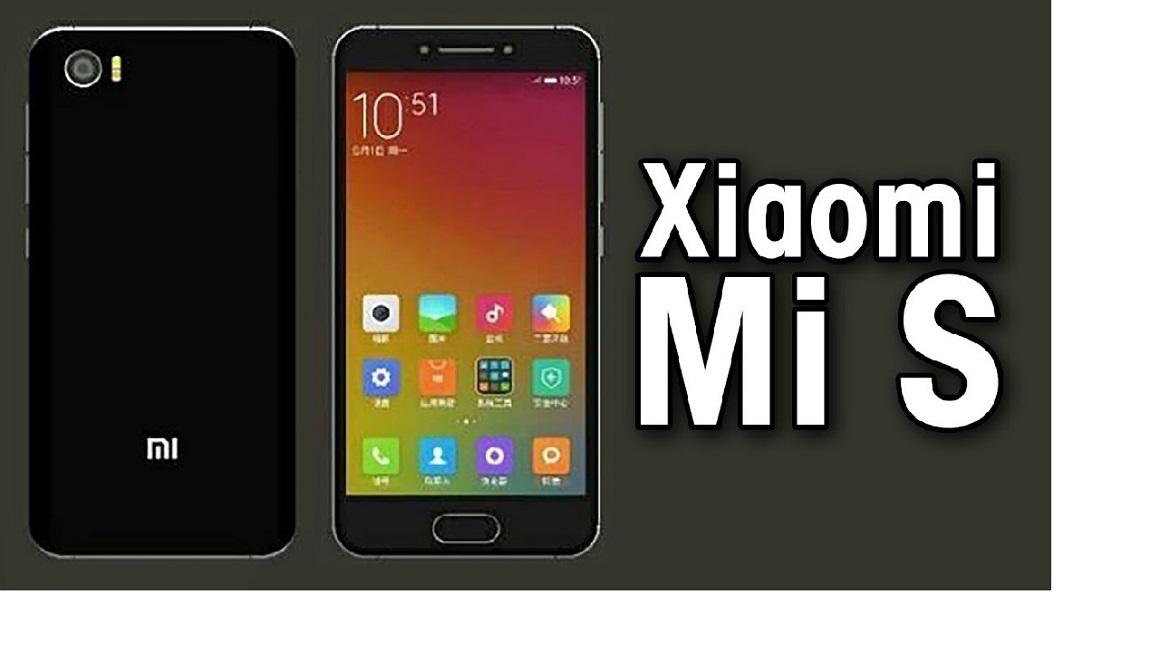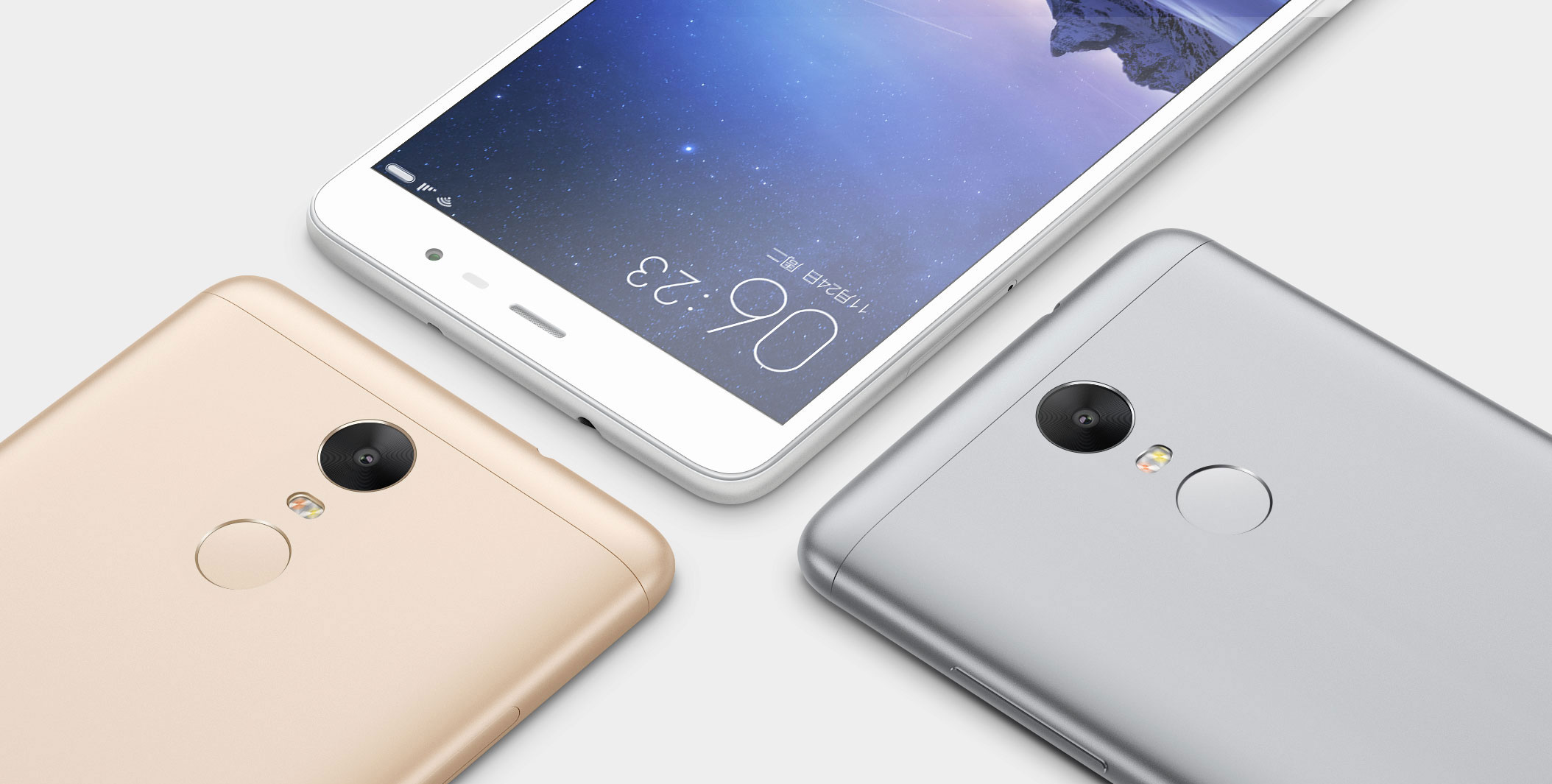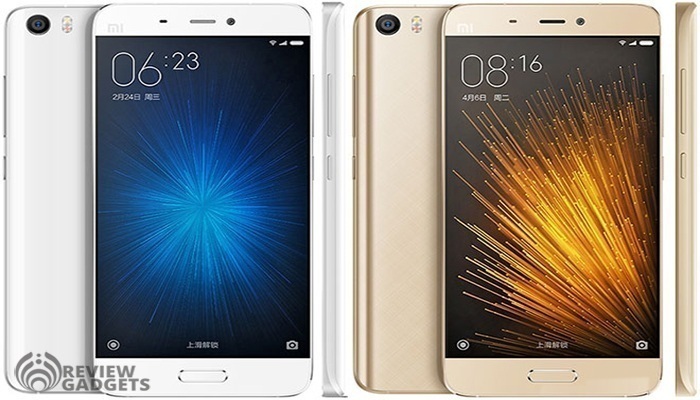Xiaomi Company was co-founded by eight partners in 2010, this company’s founder is lei Jun. In august, 2010 xiaomi officially launched its first firmware android. In august, 2011 company unveiled its first flagship, which was integrated with firmware MIUI. In 2011, the company released its own smart-phone (the first device based on the pre-competitive MIUI and specifications). Its latest phone is Xiaomi MI 4, which is most expensive yet by quite a margin. But it is more of an upgrade than a replacement.
Xiaomi mi 4 smart phone was launched in July 2014. It came to India many months after its launch in china. It doesn’t look anything like MI 3 did. It has a far more traditional shape. Its screen dominates the front, with very little space wasted around it. The area above its screen is rather crowded with a shiny silver MI logo and sensor window on one side of the earpiece, with a front-facing camera on the other. Its capacitive navigation buttons on the bottom have white back lighting with a tiny status led is hidden beneath them.
It is a single SIM (GSM) smart phone that accepts a micro-SIM. Connectivity options include Wi-Fi, GPS, and blue tooth. Sensors include the proximity sensor, ambient light sensor, accelerometer, and gyroscope. It is a smart phone powered by android 4.4 kit Kat and 13 MP auto focus camera with Sony Exmore BSI sensor, f/1.8 aperture, and 4k video recording.
It comes with a 5.00-inch touch screen display with a resolution of 1080 pixels by 1920 pixels. It is powered by 2.5 GHz quad-core QUALCOMM snap dragon 801 processor and it comes with 3 GB of RAM. It packs 16 GB of internal storage, which cannot be expanded. It runs android 4.4 and is powered by a 3080mAh non-removable battery. It measures 139.20 H x 68.50 W x 8.90 T and weighs 156.00 grams. The rear is not removable and so the battery is not accessible. It has a slot on the left for a micro-SIM card, but micro SD slot has been sacrificed for the sake of design.
Its power button on the right is below the volume rocker, making it a bit too low to be reached comfortably. It packs a 13-mega pixel primary camera on the rear and an 8-megapixel front shooter. There is a speaker grille and the micro-USB port on its bottom. Camera and flash on the rear are shaped and placed much. Its white plastic has a subtle pattern. There is another shiny MI logo lower down.
This combination of milky white plastic and shiny metal are not especially appealing and this is xiaomi’s first smart phone in India that does not look a lot expensive than it is. Xiaomi’s entire identity is based around stuffing high-end specifications into its phones with low-end prices and this version is no exception. Its screen is a 5-inch full-HD 1080×1920-pixel panel that is thankfully not too large. Battery comes in at 3080mAh. It looks great on high-resolution screen but definitely has its quirks.
Most important thing is that it doesn’t have a separate home screen and app drawer. In this phone battery indicator doesn’t clearly show when the phone is or isn’t charging. Camera shortcut on its lock screen disappears off the right edge but to launch it you need to swipe left. Quick shortcuts panel in notifications shade is not too well designed. There are also IOS-inspired flourishes all around, such as red notification badges on icons, the appearance of folders, and task switcher. The company offers a huge selection of themes including ones with Indian imagery. We can change the system font, and there are quite a few practical modern options to choose from.
Fly key and swift key come preinstalled. There is also Facebook app, WPS office, and a security app. The MI remote app controls appliances using the infrared led. Only TVS and set-top boxes are supported at the moment, and an internet connection is required for setup. This app has a very IOS 7-inspired look, down to the animations which look like IOS task switcher. But one thing that frustrated us was MIUI’s slow animations. That felt as though simple things such as opening a folder or switching apps took way too long. Apps themselves ran very snappily and we had no problems there. Its task switcher shows only 1.8 GB of RAM available out of device’s 3 GB, even when no apps are running in the background. Video samples play without any problem.
Its screen isn’t too reflective and looks great even in sunlight. Sound through the bottom-firing speaker is loud but thin. We will find that rear and right edge gets a bit warm when we run tests or play games for a while. Battery lasts a respectable 10 hours, 4 minutes in video loop test. MI 3’s camera was one of its less appealing features, but things are definitely looking better with MI 4. Most of the photos we manage to take in daylight came out very well, with accurate coloring. Low light performance is weak, though, and sharpness definitely suffers as a result of longer exposure time. It took two or three attempts to get a great shot at night. Videos are taken at 720p by default.
Xiaomi MI 4 Price
- Xiaomi MI 4 16GB – 14,999 Rs
- Xiaomi MI 4 64GB – 14,999 Rs
Some salient features of Xiaomi MI 4 specifications-
| Technology | GSM/ CDMA/ HSPA/ EVDO/ LTE |
| Dimensions | 139.2 x 68.5 x 8.9 mm (5.48 x 2.70 x 0.35 in) |
| Weight 149 g (5.26 oz) | |
| SIM | micro-SIM |
| Operating system | android OS, v4.4.3 (kit Kat) |
| Chip set | QUALCOMM msm8974ac snapdragon 801 |
| CPU | quad-core 2.5 GHZ krait 400 |
| GPU | ADRENO 330 |
| Size | 5.0 inches (72.3%v screen to body ratio) |
| Resolution | 1080 x 1920 pixels (441 PPI pixel density) |
| Sensors | accelerometer, gyro, proximity, compass, barometer |
| Messaging | SMS (threaded view), MMS, email, push mail, IM |
| Browser | HTML 5 |
| WLAN | WI-FI 802.11 a/b/g/n/ac, dual-band, WI-FI direct, DLNA, hotspot |
| Blue tooth | v4.0, a2dp |
| GPS | yes, with a-GPS, BDS |
| Infrared port | yes |
| Radio | FM radio |
| USB support | Micro USB v2.0, USB host |
| Primary | 13 mp, f/1.8, autofocus, led flash, check quality |
| Features | 1/3″ sensor size, 1.12µm pixel size, geo-tagging, touch focus, face/smile detection, panorama, HDR |
| Video | 2160p@30fps, 1080p@30fps, 720p@120fps, HDR |
| Alert type | Vibration; mp3, wav ringtones |
| Loud speaker | Yes |
| 3.5 mm jack | Yes |
| Card slots | No |
| Internal | 16/64 GB, 3 GB RAM |
| Colors | Black, White |
| Other features | Fast battery charging: 60% in 30 min (quick charge 2.0), Active noise cancellation with dedicated MIC mp4/ DIVX/ XVID/ WMV/ H.264 PLAYER MP3/ WAV/ EAAC+/ FLAC player, Photo/ video editor, document viewer, voice memo/ dial/ commands |
Xiaomi MI 4 Review-
In my opinion, this phone is comparably good with a better camera, and UI is also as good as it can be. It hangs minimal and has smart processing capacity and no issues of heating of this device. But it is not at all a durable phone. As soon as its screen gets cracked, its touch mechanism stops working too. Oneplus One is one of the toughest competitors of Xiaomi MI4 in the smartphone market.

